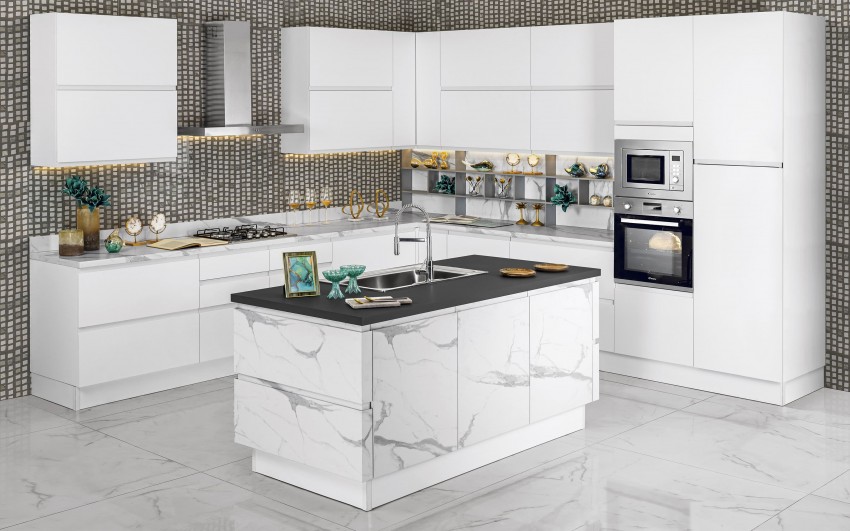Maximizing Function and Hygiene with Under-Sink Stainless Steel Cabinets
In modern kitchen design, every square inch counts. One of the most overlooked yet critical areas is the space beneath the sink. Traditionally used for cleaning supplies or trash bins, this spot is gaining newfound attention thanks to the emergence of the under-sink stainless steel cabinet with plumbing access.
Redefining Under-Sink Storage
Homeowners are increasingly looking for ways to organize their kitchens while maintaining aesthetics and hygiene. The under-sink stainless steel cabinet with plumbing access delivers on both fronts. Unlike wood or laminate cabinets, which can warp or degrade over time from exposure to moisture, stainless steel remains resilient.
What sets this cabinet apart is its thoughtful engineering. Designed with built-in access panels or removable back panels, it makes maintenance of pipes and plumbing fixtures significantly easier. There's no need to dismantle the entire cabinet for a small repair—a feature that saves time, money, and effort.
Hygiene and Durability at the Forefront
One of the major challenges of under-sink areas is keeping them clean and odor-free. These spaces are often damp and dark, making them breeding grounds for mold and bacteria. Fortunately, the under-sink stainless steel cabinet with plumbing access is naturally resistant to bacteria, rust, and water damage.
The smooth, non-porous surface of stainless steel is easy to wipe down and sanitize. This is especially beneficial for households that store cleaning products, dishwashing tools, or even trash bins under the sink. In addition, stainless steel’s fire resistance adds a safety layer that wood or plastic simply cannot match.
Design Flexibility and Smart Features
Gone are the days of clunky, awkward cabinets. The under-sink stainless steel cabinet with plumbing access comes in various configurations and styles. Some feature soft-close doors, integrated organizers, or even toe-kick drawers to use every bit of space effectively.
These cabinets can blend with industrial, minimalist, or contemporary kitchen styles. Their sleek metal finish pairs well with stone countertops, ceramic backsplashes, or wooden flooring—making them not just a functional asset but also a visual one.
READ MORE:
.png)
.png)
.png)








